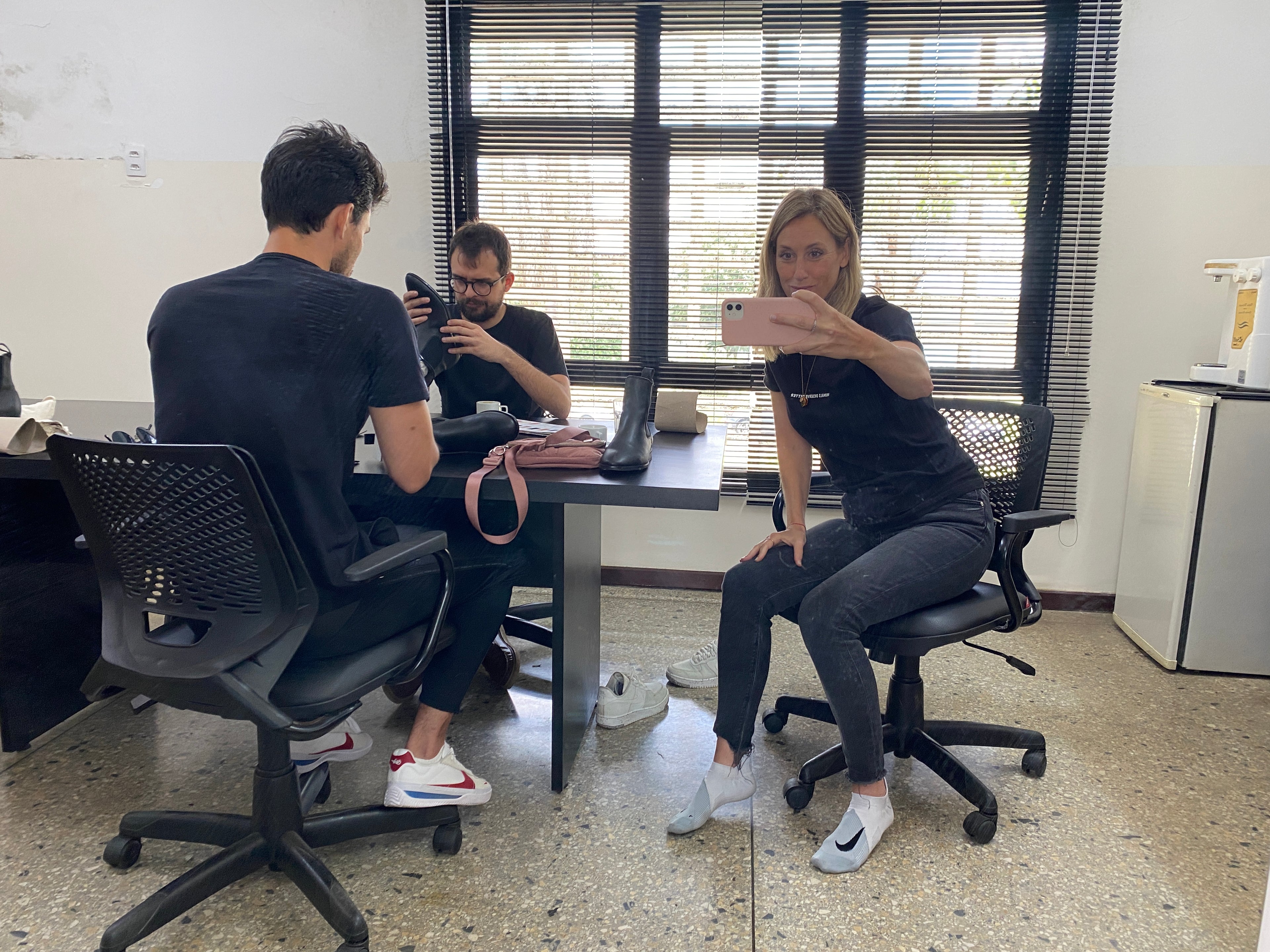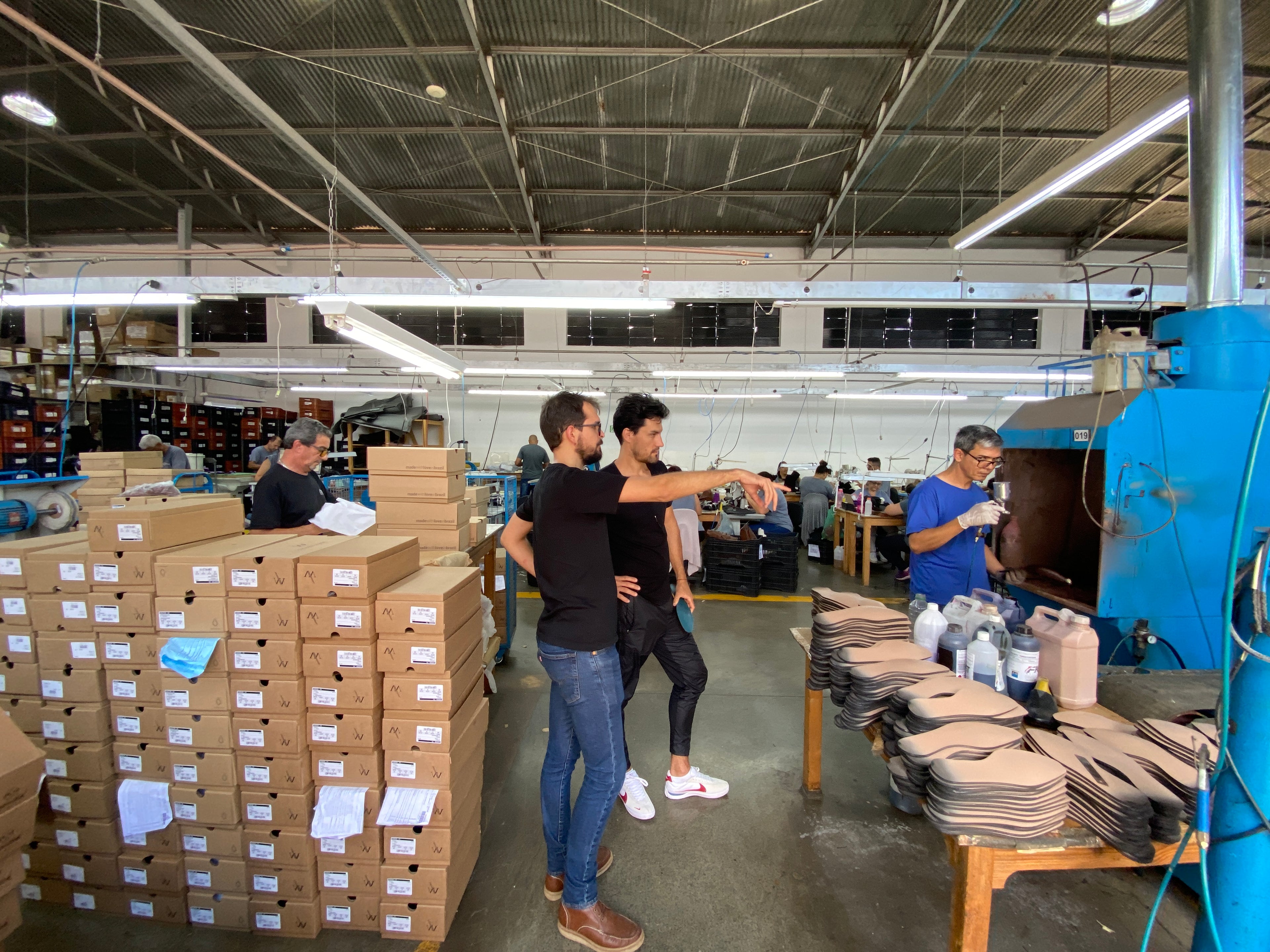Discover the Best Alternative Leather: Eco-Friendly and Stylish!
In recent years, there has been a growing demand for sustainable and ethical fashion choices. As consumers become more conscious of the environmental impact of their purchases, alternatives to traditional leather have gained popularity. Fortunately, innovative materials have emerged as excellent substitutes for leather, offering a combination of style, durability, and eco-friendliness. Let's explore some of the best alternative leather options available today!
-
Desserto: With its impressive resemblance to genuine leather, Desserto is a plant-based material, plant leather made from cactus. This cruelty-free alternative is highly sustainable, as it requires minimal water and land usage during cultivation. Desserto is soft, durable, and versatile, making it a fantastic choice for high-quality fashion items.
-
Piñatex: Derived from pineapple leaves, Piñatex is a groundbreaking material that has taken the fashion world by storm. It offers a versatile and leather-like texture, making it an excellent choice for handbags, shoes, and accessories. Piñatex is not only cruelty-free but also supports pineapple farming communities, providing additional socio-economic benefits.
-
MuSkin: Developed from the caps of mushroom fruiting bodies, MuSkin is a unique and natural leather alternative. It boasts a soft and suede-like texture, making it ideal for clothing items, footwear, and bags. MuSkin is biodegradable and free from harmful chemicals, making it a sustainable choice for eco-conscious fashion enthusiasts.
-
Cork Leather: Made from the bark of the cork oak tree, cork leather offers a lightweight and water-resistant alternative to traditional leather. This renewable resource is harvested without harming the tree and regenerates over time. Cork leather is not only eco-friendly but also has an appealing texture that works well for bags, wallets, and even upholstery.
-
Apple Leather: This innovative material is crafted from the remnants of apple juice production, such as apple peels and cores. By repurposing waste, apple leather reduces environmental impact and offers a unique texture similar to traditional leather. It can be used for various accessories and upholstery, providing a chic and eco-friendly alternative.
-
Recycled Leather: As the name suggests, recycled leather utilizes discarded leather scraps and fibers, transforming them into a new material. By giving new life to existing resources, recycled leather minimizes waste and reduces the need for fresh hides. This upcycled option maintains the look and feel of traditional leather while reducing its environmental footprint.
When considering these alternatives to leather, it's important to note that each material has its own unique characteristics. While they offer eco-friendly options, they may have slight variations in texture, durability, or care instructions. However, the shared goal of these alternatives is to provide a sustainable and compassionate choice without compromising on style.
As we move towards a more conscious and compassionate future, embracing alternative leather options becomes increasingly important. By supporting these innovative materials, we can promote a more sustainable and ethical fashion industry. So, let's explore these eco-friendly alternatives and pave the way for a brighter, more stylish, and compassionate world of fashion! 🌍🌿✨


